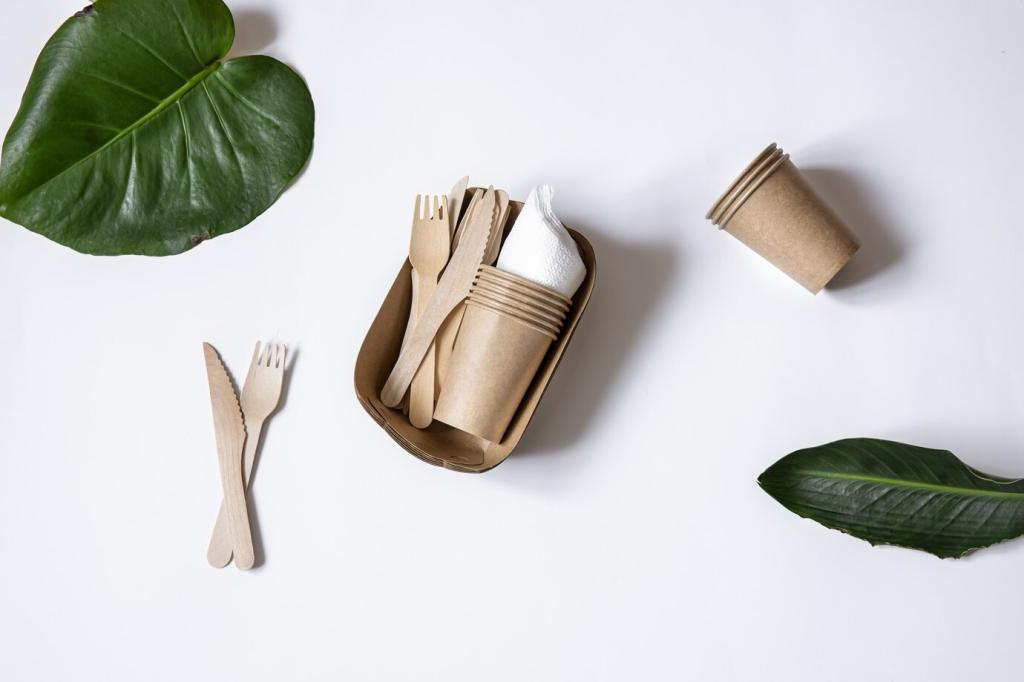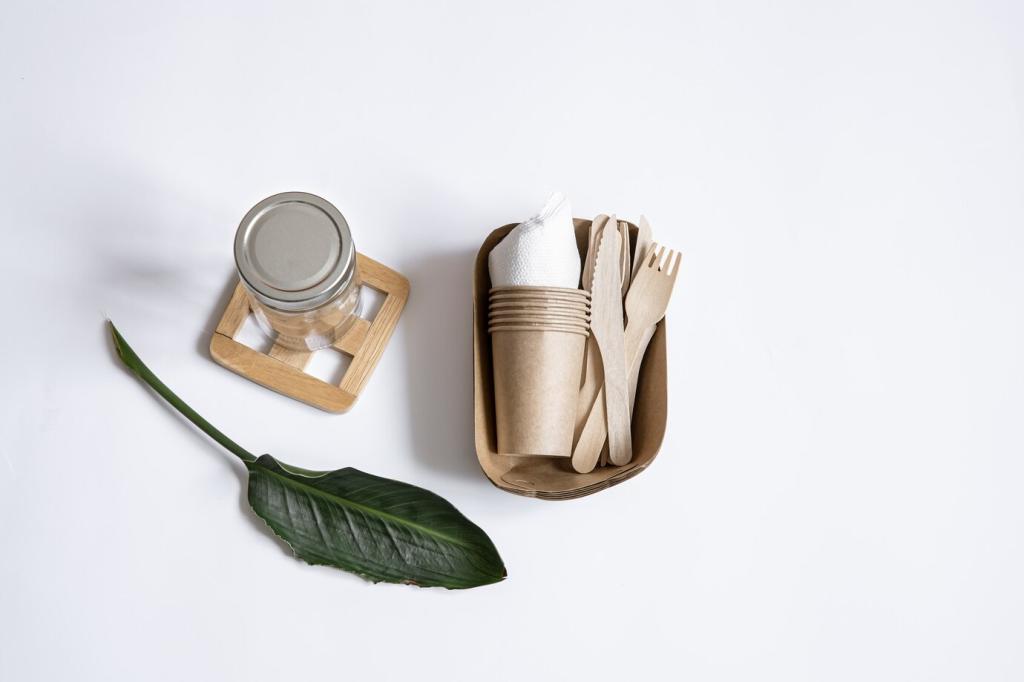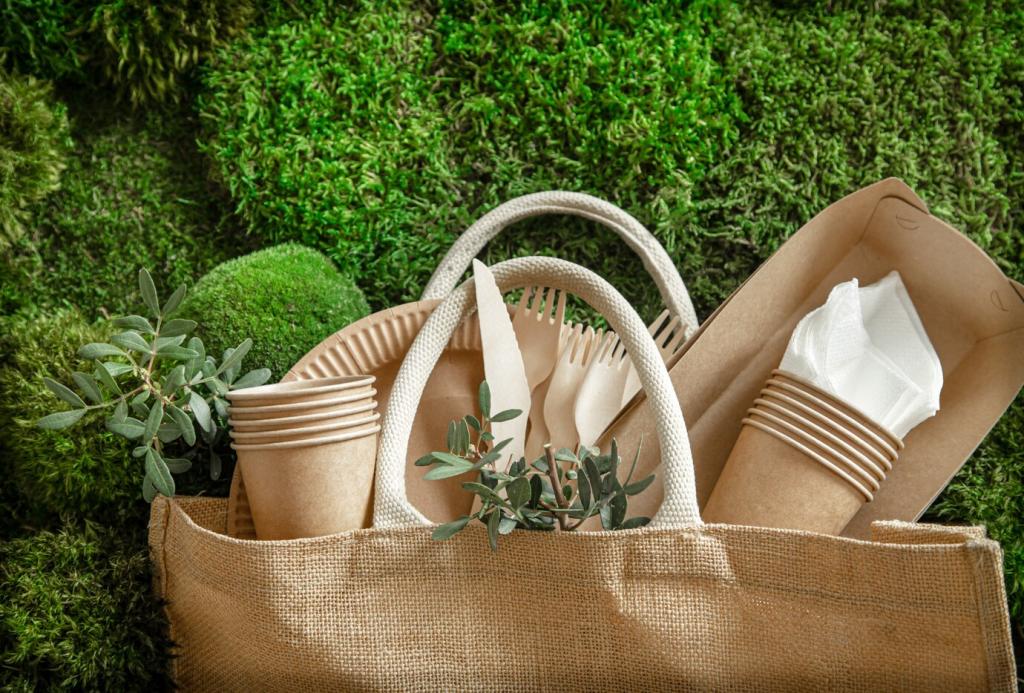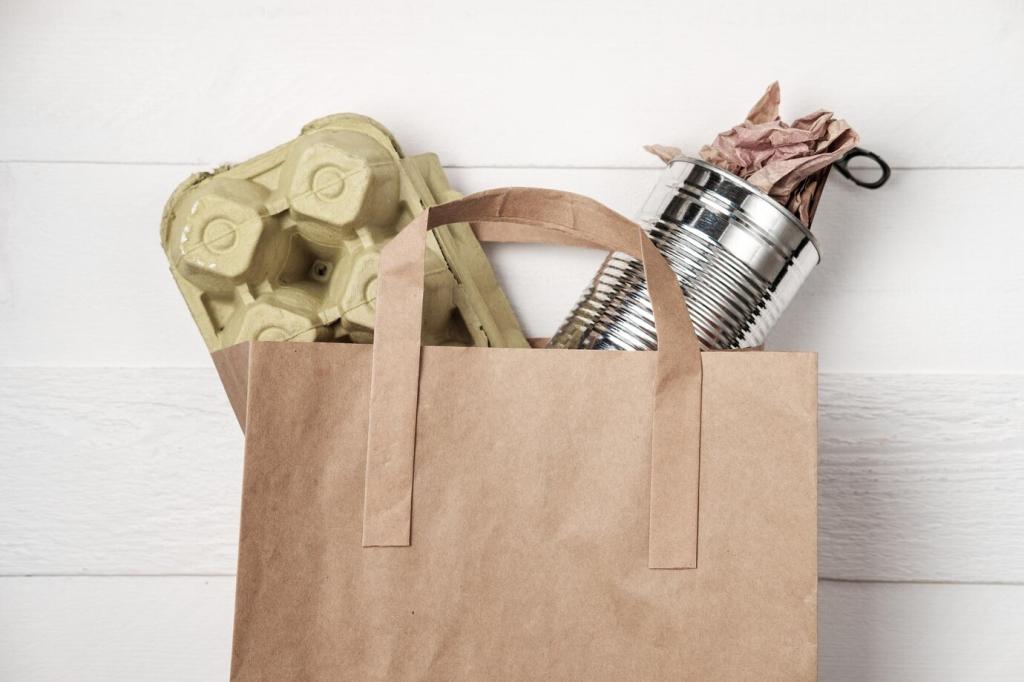Stories from the Trail: Small Choices, Big Impact
After 900 miles, a hiker resoled instead of replacing. The new outsole felt springy, traction improved on wet cedar roots, and the break-in was instant. That repair avoided waste and extended memories on a favorite coastal long trail.
Stories from the Trail: Small Choices, Big Impact
At a neighborhood gear swap, a lightly used pair with recycled mesh found a second home. The new owner raved about breathability on desert trails while avoiding another manufacturing cycle. Share your swap stories and how you keep good gear circulating.
Stories from the Trail: Small Choices, Big Impact
A bargain boot failed mid-hike, forcing a duct-tape rescue. The replacement pair prioritized repairability, certified leather, and PFAS-free repellency. Months later, the boots still excel, and a repair kit now lives permanently in the summit pack. What changed your approach?









